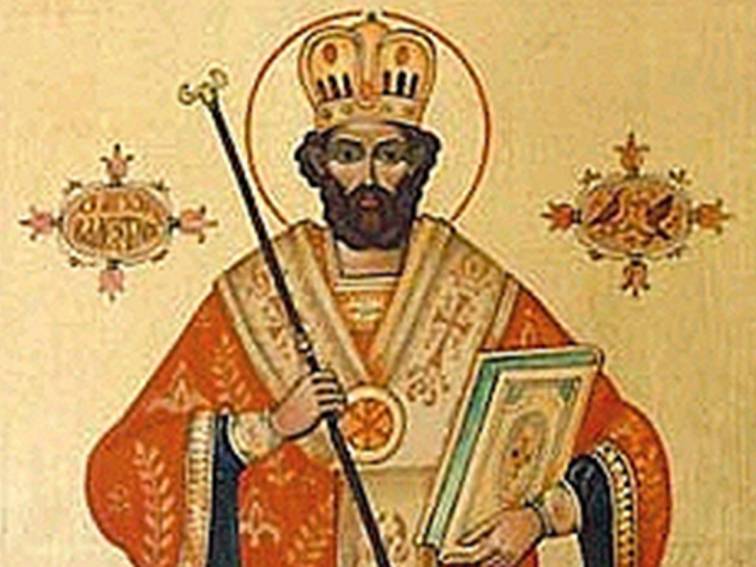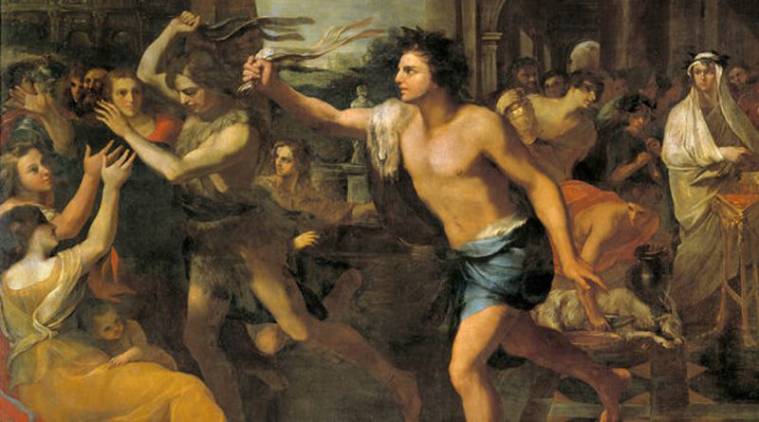![]() he only day big tacky teddies and cheesy cards are acceptable- 14 February is the day of love and romance, of flowers, chocolates, and gifts. In other words, the Christmas of Hallmark.
he only day big tacky teddies and cheesy cards are acceptable- 14 February is the day of love and romance, of flowers, chocolates, and gifts. In other words, the Christmas of Hallmark.
But what is the story behind the day singles dread the most? How did 14 February become the day of love? While we all celebrate Valentine’s Day in our own ways, not many of us know the origin of it.
Although the exact history of Valentine’s Day is still shrouded in mystery, there are mainstream anecdotes largely accepted today.
ST. VALENTINE
One legend talks about a certain St. Valentine, a priest who served during the third century in Rome. The Emperor of Rome- Claudius II or more fittingly Claudius the Cruel was infamous for his rigid leadership and harsh measures. He had a habit of getting into wars. In fact, he drove the army in so many wars that he started facing difficulty in recruiting soldiers.
Claudius decided that the reason Roman men were so unwilling to join his army was that they did not want to leave their wives and children behind, so naturally, he cancelled all marriages and engagements in Rome.
He believed that single men made better soldiers than those with wives and families. St. Valentine, seeing the injustice in this law, defied the emperor and continued in secret to join young lovers in holy matrimony.

When Emperor Claudius II found out about these illegal undertakings, he ordered for Valentine to be put to death. That day was 14 February.
Another story suggests that Valentine was imprisoned and later executed for attempting to help Christians escape brutal Roman prisons. While in prison, he fell in love with a young girl who visited him often, possibly the jailer’s daughter. There, he wrote her a love letter professing his feelings and signed it, “from your Valentine”- an expression still in use today. Doing so, he sent the world’s first Valentine’s Day card.
He gave his life for love. St. Valentine may have died an undeserving death, but his spirit lives on.
In some stories, 14 February is not the date of his execution. Valentine was granted sainthood for his self-sacrifice; and the Church, to celebrate his commitment to love decided to create a feast in his honour. The day they picked for the feast was 14 February because of an ancient belief that birds (lovebirds, doves, and owls) began to mate on that very day.
Valentine’s Day and Lupercalia

In other versions, Valentine’s Day may have been an attempt to “Christianize” the pagan celebration of Lupercalia. While some believe the day of love is celebrated to commemorate the death of St, Valentine, others believe that the church may have decided to place St. Valentine’s feast day in the middle of February in order to make it clash with the fertility festival of Lupercalia which was celebrated on February 15.
Although Lupercalia survived the initial rise of Christianity, it was soon outlawed when Pope Gelasius declared February 14 St. Valentine’s Day. The festival was said to be “un-Christian”.
To commence the festival, Roman priests would gather around the Lupercal cave, where, as found in myth, Romulus and Remus were cared for by a she-wolf or Lupa. They would sacrifice a male goat for fertility and a dog for purification. The priests would then flay the skin into strips and dip them in the sacrificial blood.
These blood-soaked animal skin strips were then taken to the streets to gently slap women and crop fields. The women welcomed this slight touch as they believed it would make them more fertile in the coming year. Later in the day, it is said that all young women would place their names in a big urn. The young bachelors of the city would each choose a name from the urn and become paired with the woman for a year. According to legend, these matches often ended in marriage.